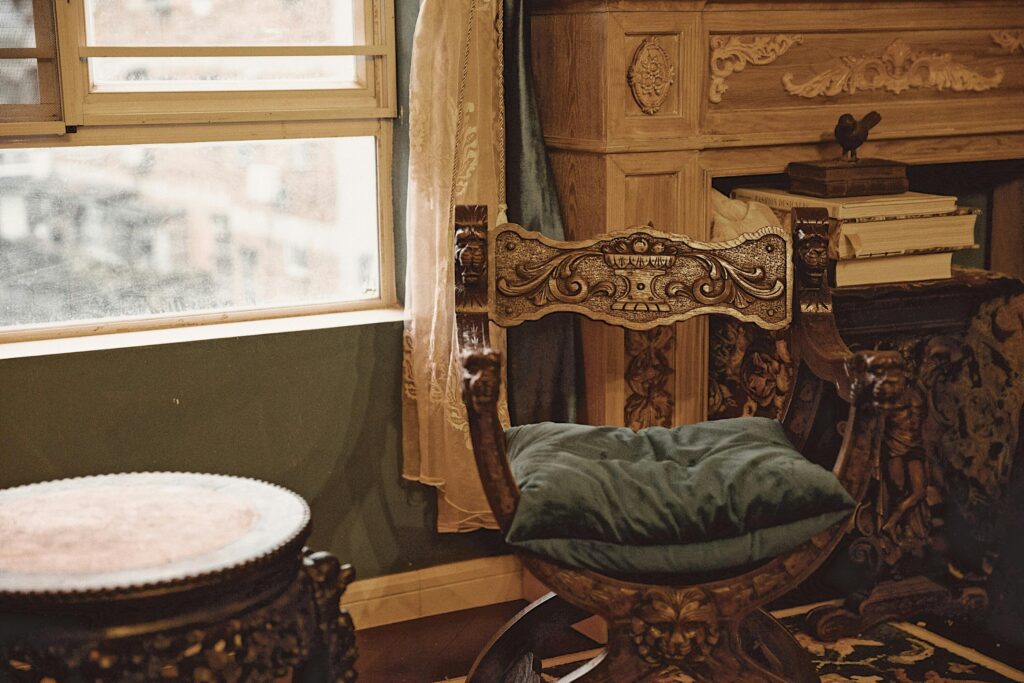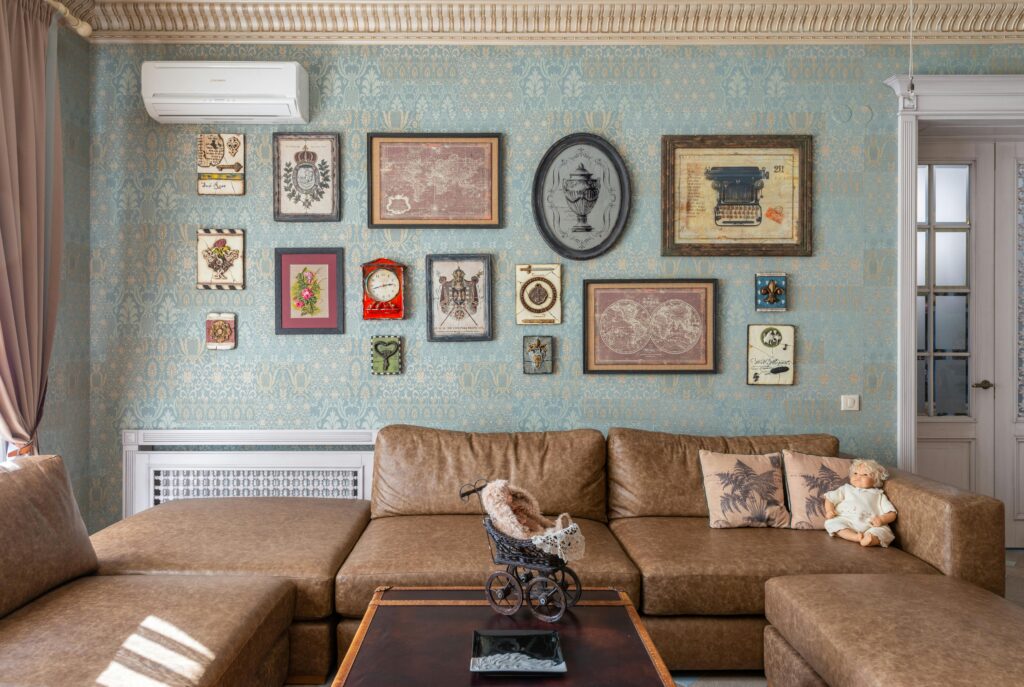Introduction
Vintage vs. antique—what’s the difference, and why does it matter for your home? In simple terms, antique = 100+ years and vintage = roughly 20–99 years, but age is only the beginning. This guide helpsnexplain the difference between vintage and antique, how to spot clues (joinery, hardware, maker’s marks) to date vintage furniture, and why patina—that time-earned surface—adds value and charm. You’ll also learn tips on how to style each piece so your space feels collected, not cluttered, and how to buy confidently with the right questions and red-flag checks. If you’ve ever wondered what is vintage vs. antique (and which one belongs in your entryway, mantel, or gallery wall), start here.
1) Quick Definitions (So You Can Use the Right Word)
Antique: Typically 100+ years old. Think a circa-1890s silver tray or a 1910 oak dresser.
Vintage: Commonly 20–99 years old (e.g., 1950s starburst clock, 1970s avocado glassware).
Retro: Newer items made in an older style (a modern fridge with 1950s curves).
Reproduction: New items that imitate older designs—sometimes very convincingly.
Why it matters: Clear labeling builds trust. A listing that reads “Vintage brass tray, 1970s” or “Antique carved side table, c. 1900” helps buyers understand age, value, and care expectations.
2) The Feeling: Why We Love Both
Vintage and antique pieces carry story—of makers, materials, and moments.
- Color memories: 70s mustard and avocado instantly spark nostalgia (Grandma’s kitchen, anyone?).
- Handfeel & patina: The softened edge of an old cutting board or the gentle tarnish on silver says “loved and lived-in.”
- Presence: A 1920s mirror or a 60s credenza adds gravity and character a big-box piece can’t mimic.
3) Dating a Piece: Smart Clues to Look For
When you’re trying to place an item in time, check:
- Construction: Hand-cut dovetails, solid wood backs, horsehair or coil springs = typically signal older. Machine-cut joinery and staples = later.
- Hardware: Slot screws (older) vs. Phillips (later); hinge styles change by era.
- Materials: Bakelite (early plastics), plywood evolution, veneer types, glass thickness/bubbles.
- Finish & wear: Shellac vs. lacquer; even, honest wear in “touch zones” feels right.
- Labels & marks: Maker’s marks, foundry stamps, patent dates, retailer labels, country of origin.
- Electrical bits: Cloth-wrapped cords and old sockets signal earlier manufacture (safety check!).
- Textiles & zippers: Metal zippers and selvedge clues can help date soft goods.
4) Condition, Patina, and Value (Not the Same Thing)
- Condition describes present state (structural, surface, function).
- Patina is the time-earned surface: tarnish, crazing, soft edges, sun-kissed wood—often desirable.
- Value is a blend of age, scarcity, maker, condition, originality, and demand.
Restore or conserve?
- Conserve when originality creates value (e.g., original finish on an antique dresser).
- Restore when safety or function is compromised (e.g., rewire a lamp; repair a loose chair rung). Aim for reversible fixes when possible.
Gentle care wins: microfiber cloths, pH-neutral cleaners, silver polish sparingly, and coasters always.
5) Styling: Vintage + Antique in Modern Homes
- One hero, many quiets: Let an antique mirror or vintage credenza lead; support with simpler, modern pieces.
- Repeat a material: Echo brass (frames, lamp finials) or walnut (tray, legs) to tie eras together.
- Soften with light: Warm bulbs (~2700K) flatter wood tones and metals, letting patina glow. (See our Lighting 101 post for color-temperature tips.)
- Seasonal swaps: Rotate ribbon colors, stems, or a small accent to keep the look fresh, not fussy.
6) Buying Smarter: Questions to Ask (and Red Flags)
Ask sellers:
- Do you know the approximate date or maker? Any marks?
- What repairs or refinishing have been done?
- Does it have provenance (where it came from, previous owner)?
- Are there additional photos of the back/underside/joins?
Red flags:
- “Looks old” but uniform, sprayed-on distressing.
- Brand-new screws/hardware on an otherwise “old” piece with no explanation.
- Over-stripping that erases age (and value) without documentation.
Pro move: Bring a small flashlight and tape measure. Photograph labels and joinery to review later.
7) Quick Reference: What to Call It
| Term | Age Range | Example |
|---|---|---|
| Antique | 100+ years | 1890s silver tray, 1910 oak dresser |
| Vintage | 20–99 years | 1950s starburst clock, 1970s art glass |
| Retro | New in old style | Modern 50s-look radio |
| Repro | New copy of old | Freshly made “Victorian” mirror with modern build |
8) When Price Doesn’t Equal Value
- A common, heavily restored antique may be worth less than a rarer, original vintage piece in great condition.
- Buy with both head and heart: choose what you’ll proudly display and use—pieces that tell your story.
Conclusion
“Vintage” and “antique” aren’t just labels—they’re time stamps on character. From Art Deco mirrors to mid-century bowls and 70s glassware, these pieces bring history home: age you can see, stories you can feel, and quality you can live with.
Curious to explore? Browse our curated vintage at Sage & Hollis, or reach out if you’d like help sourcing something specific. Want ideas for mixing old and new? Read Mastering Modern Vintage.
Affiliate Disclosure: As an Amazon Associate, we may earn a small commission from qualifying purchases, at no additional cost to you.



